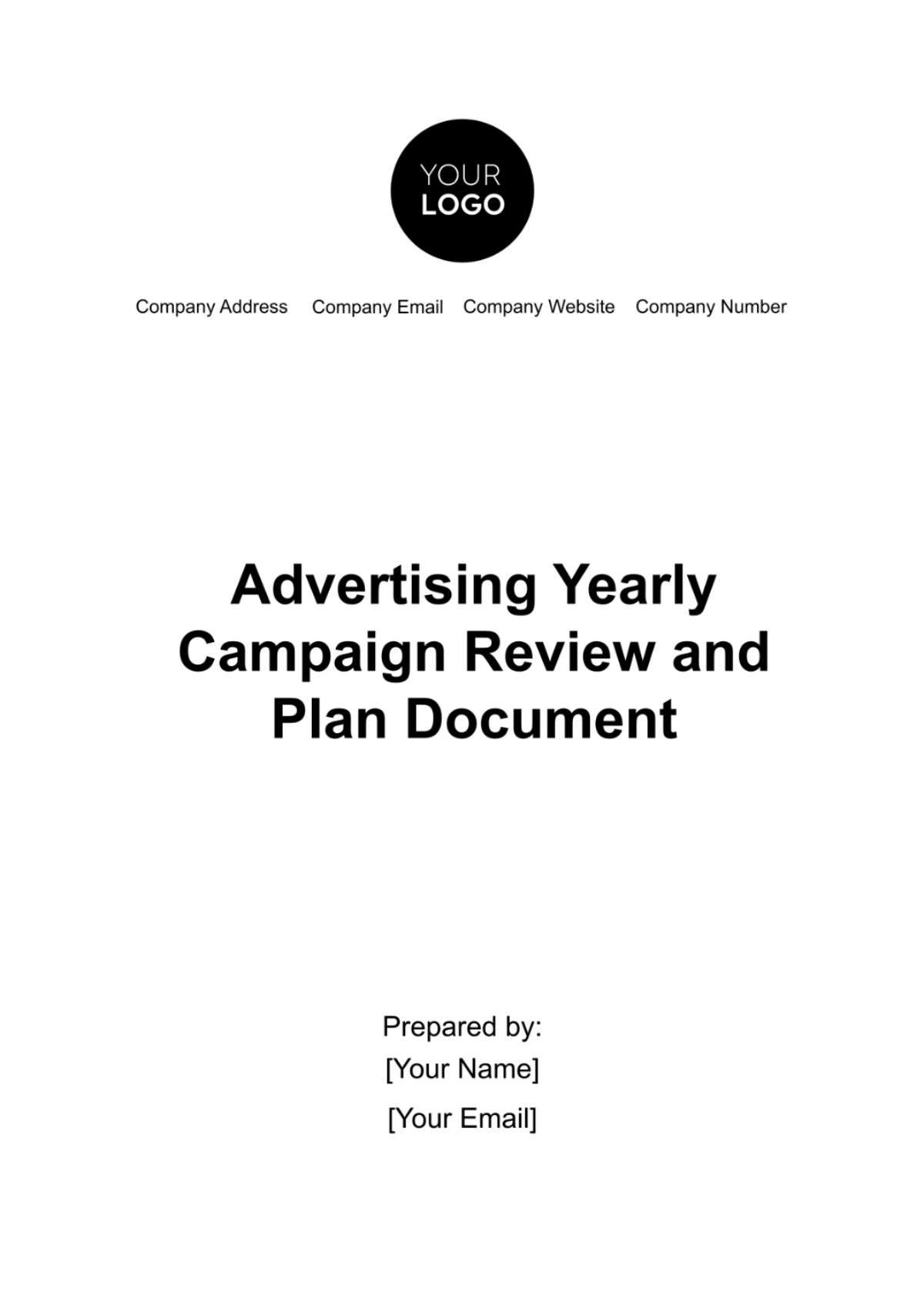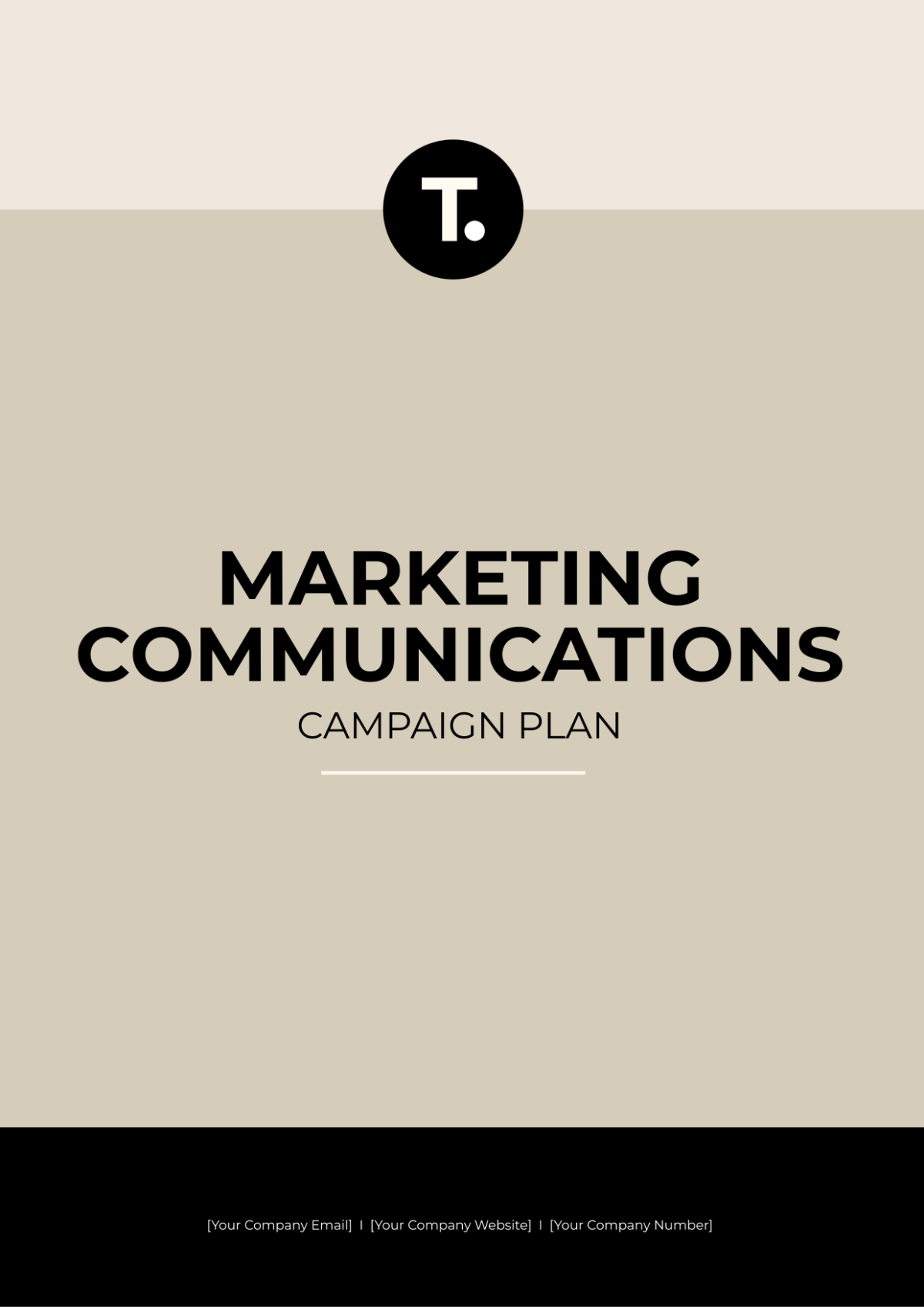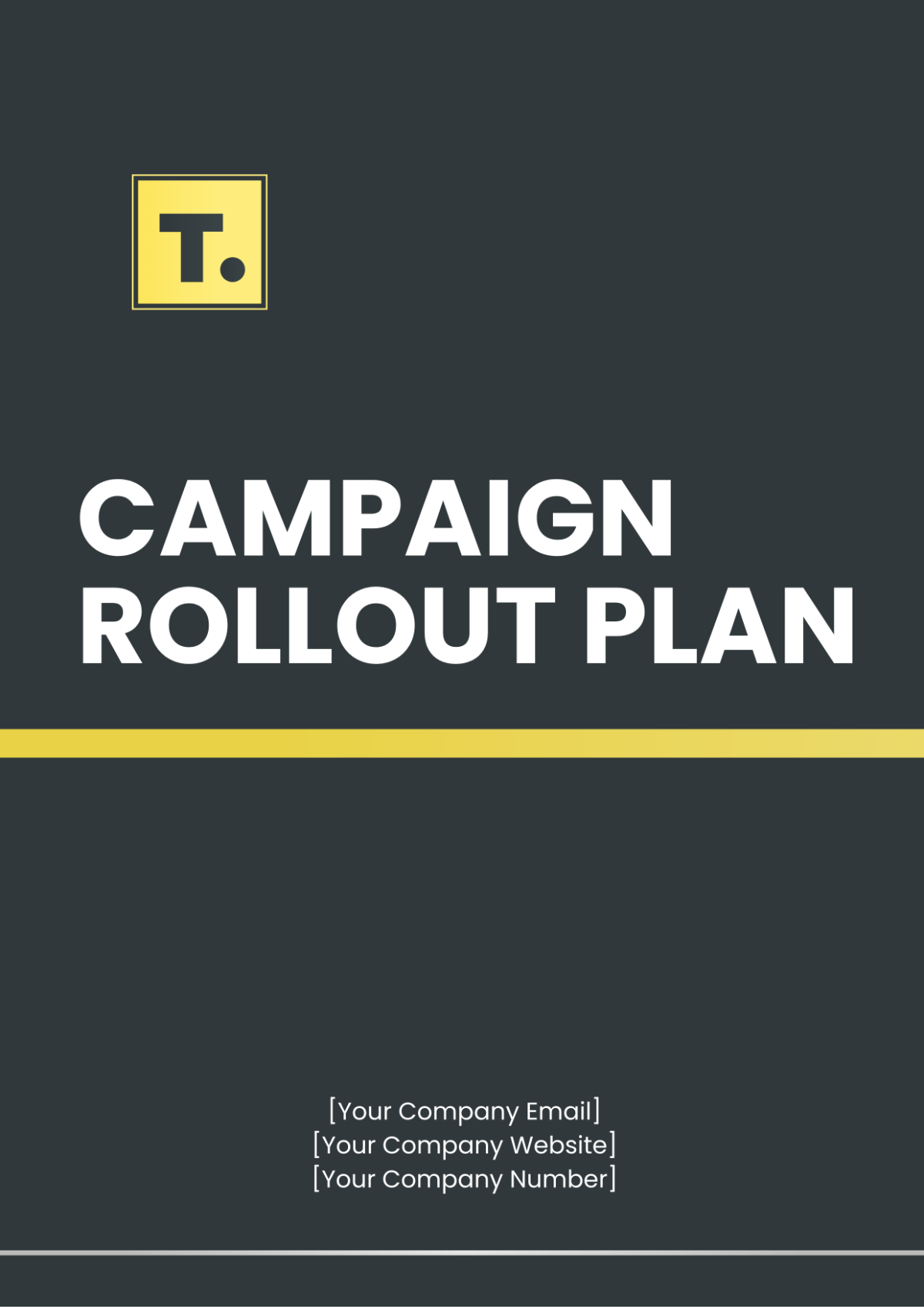Free Advertising Yearly Campaign Review and Plan Document
Unlock the full potential of your marketing strategy with Template.net's Advertising Yearly Campaign Review and Plan Document Template. This editable and customizable template empowers you to meticulously analyze past campaigns, craft targeted strategies, and forecast future success. Enhance efficiency with our AI Editor Tool, ensuring precision and effectiveness in every marketing endeavor. Optimize your approach effortlessly.






























